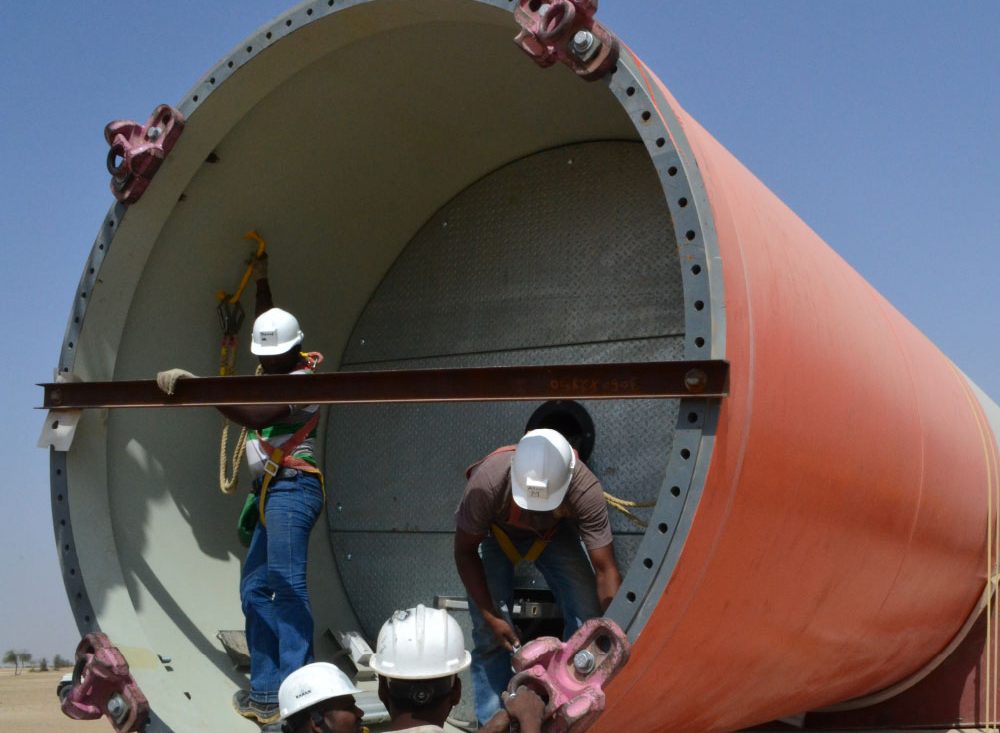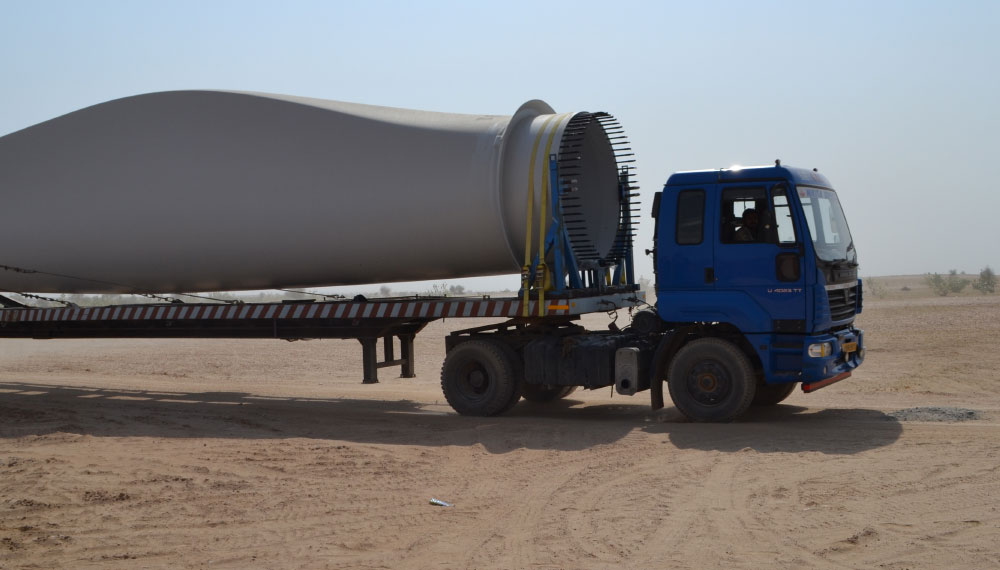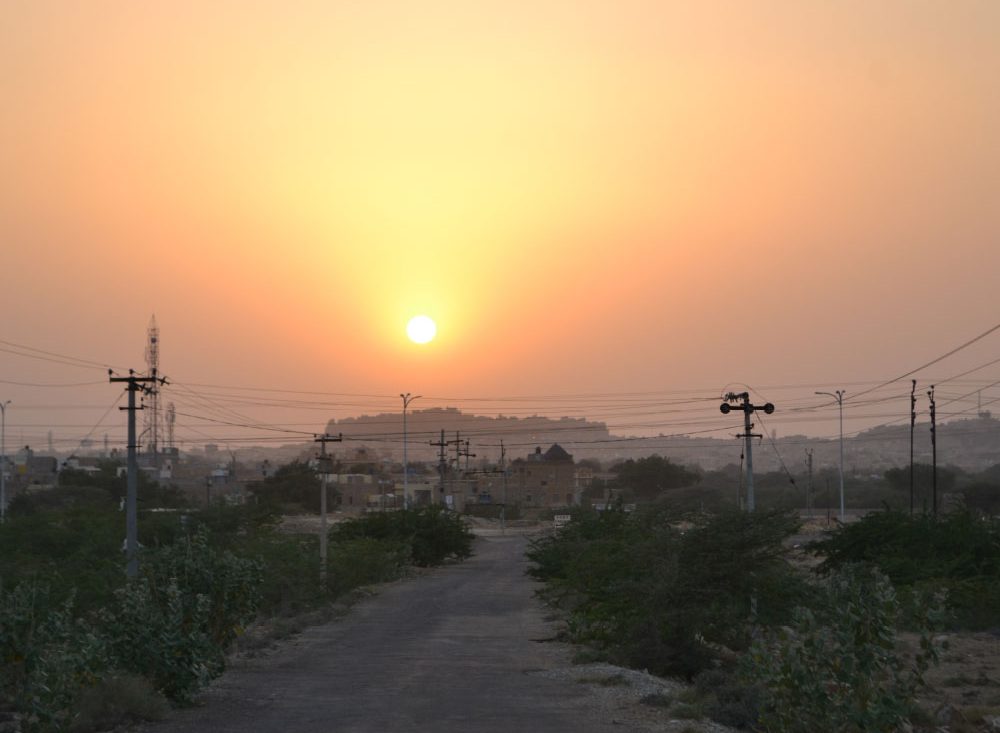Our investment in Green Infra
In 2013, we invested $16 million in Indian renewable energy company, Green Infra. The company develops wind and solar farms in some of the poorer states in the country.
As well as supporting India’s ambitious plans for renewable energy investment, our aim was to create jobs and provide power to poorer states in India to support economic development.
Small businesses are an important part of economic growth and development, but many in India struggle with the cost and lack or reliability of the electricity supply. One owner of a small business says this is a big issue where he lives in Rajasthan, northern India:
“There are power cuts at times. Goods in the fridge decompose, butter, chocolate start melting.”
Ensuring experiences like this were addressed was central to Green Infra’s approach.
When we were confident that the business was in a position to attract fully commercial capital, we stepped aside and sold our stake in the business to private sector investors. We did this having achieved our desired financial and developmental impact.
We are recycling the financial return from our investment into more businesses in Africa and South Asia.


